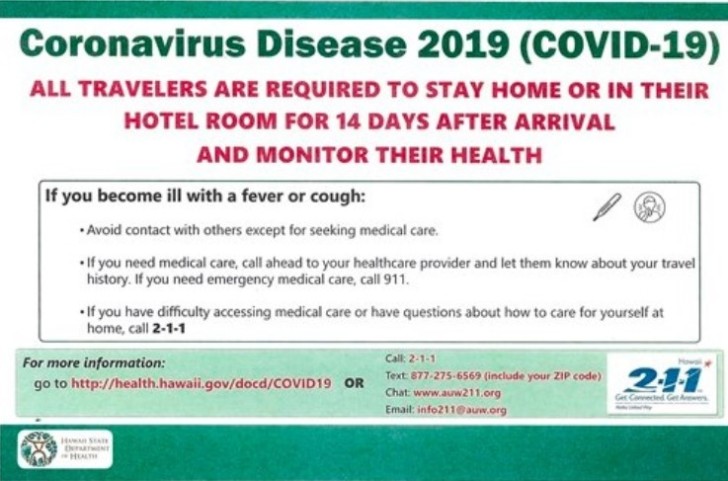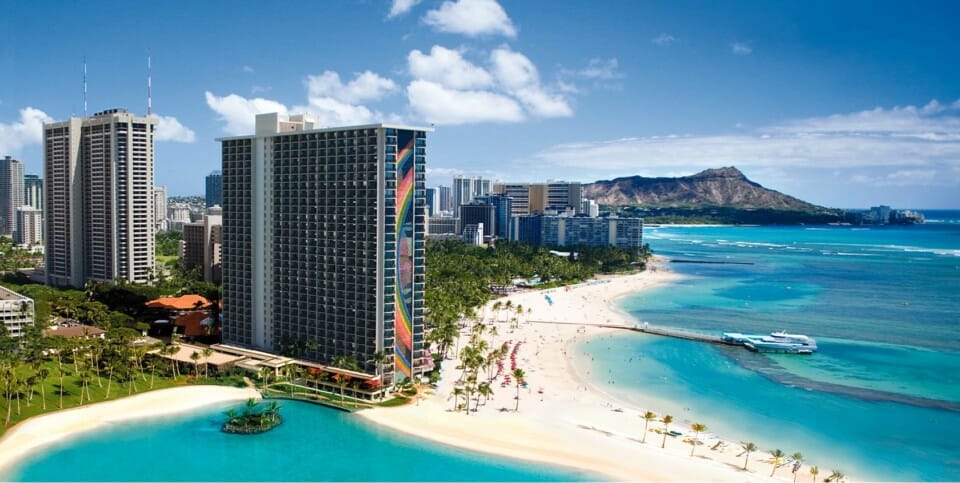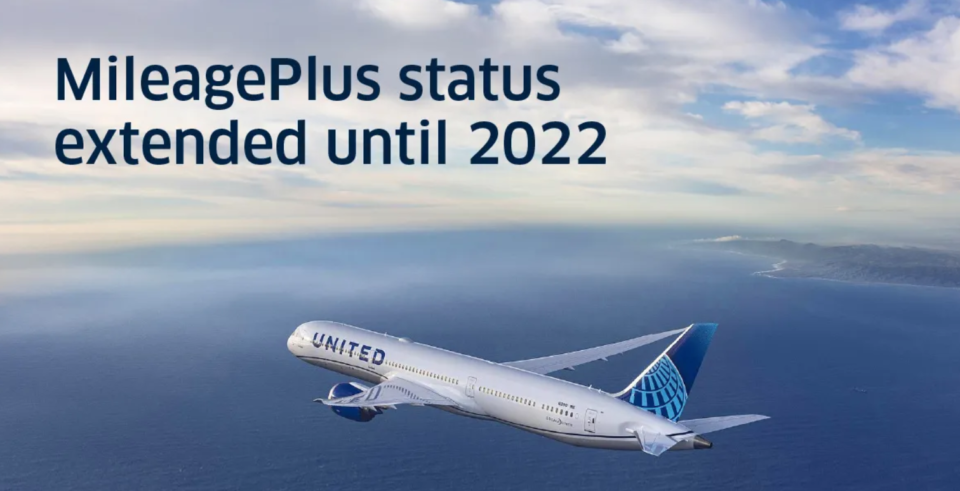Governor David Ige has again extended the mandatory 14-day quarantine period for all arriving passengers outside of Hawaii. This extension of the order applies to all passengers arriving from out-of-state airports. Here what you need to know.
The Updated Announcement
Hawaii is no longer requiring Hawaii residents to quarantine for inter-island travel. This exception begins June 16, 2020 and only for Hawaii residents traveling in-state. They are still subject to the 14-day quarantine period if they arrive from outside of Hawaii.
UPDATE ON JUNE 1: NEW INTERISLAND TRAVEL ANNOUNCEMENT — Today, Gov. David Ige announced that the 14-day mandatory self-quarantine for interisland travel will be lifted as of June 16. He stated, “Reopening travel for interisland on June 16th will allow us to refine our systems and processes. It will allow us to plan thoughtfully for the re-opening of our economy for transpacific travel.”
The state Department of Transportation (HDOT) will require thermal screening at the airport for everyone traveling interisland. HDOT will also require travelers to fill out a new form that will now also ask for health-related information to assist the state in tracking and responding to new COVID-19 cases.
Travelers may be prohibited from boarding a flight if they have an elevated temperature above 100.4 degrees, they refuse to complete the mandatory form, or they are on the 14-day quarantine list prohibiting them from flying.
The June 16 lifting of the quarantine for interisland passengers does not apply to individuals arriving from out-of-state.
Here are links to official announcements for quarantine instructions and the actual announcement from Governor David Ige.
Quarantine Enforcement
Enforcement efforts will take place at all state airports in Hawaii whether they are public or private. Arriving passengers will be required to initial and sign a copy of the order to acknowledge they are aware of the 14-day quarantine period and violations are considered a criminal offense. The clock for the 14-day quarantine period begins from the time of entry to the state. Violators could be subject to a $5,000 fine or a year on imprisonment or both. The state has set up hotline phone numbers to report violators of individuals who are violating the self-quarantine order.
How To Self-Quarantine
You must stay in your visitor lodging/home to prevent the possible spread of COVID-19 to other people. This means:
- Do not use shared facilities such as pools, spas, gyms, restaurants, or bars,
- You may not rent a car, whether through a rental car company, online service or through a peer-to-peer platform or car-sharing service,
- Ask someone to drop off food and other necessities at your front door or order room service,
- Do not go to public places such as the beach, work, school, shopping centers, childcare, or local attractions and
- Do not let visitors in—only people who usually live with you should be in your home.
Hawaii Has Done Better Than Most States
As of today, Hawaii ranks 49th in the number of covid-19 cases. Here are their current numbers:
- 44 active cases,
- 621 recovered cases and
- 17 deaths.
I think that one of the drivers for such a stringent measure is to protect indigenous and older residents of Hawaii.
Final Thoughts
Last week when I wrote about relaxing the travel restrictions for inter-island travel, I thought we might be getting close to the stage where Hawaii can reopen. Summer is around the corner and many people have already booked hotels and flights to Hawaii. Hawaii is a long-distance destination where you generally can’t through a trip together at the last minute because it takes some planning. In order for people to visit Hawaii, they will need to know what the reopening date is well in advance so they can book flights and lodging. As it stands now, Hawaii is only giving guidance one month at a time.
Travel Codex will continue to monitor the situation and report back when the latest news is released.






